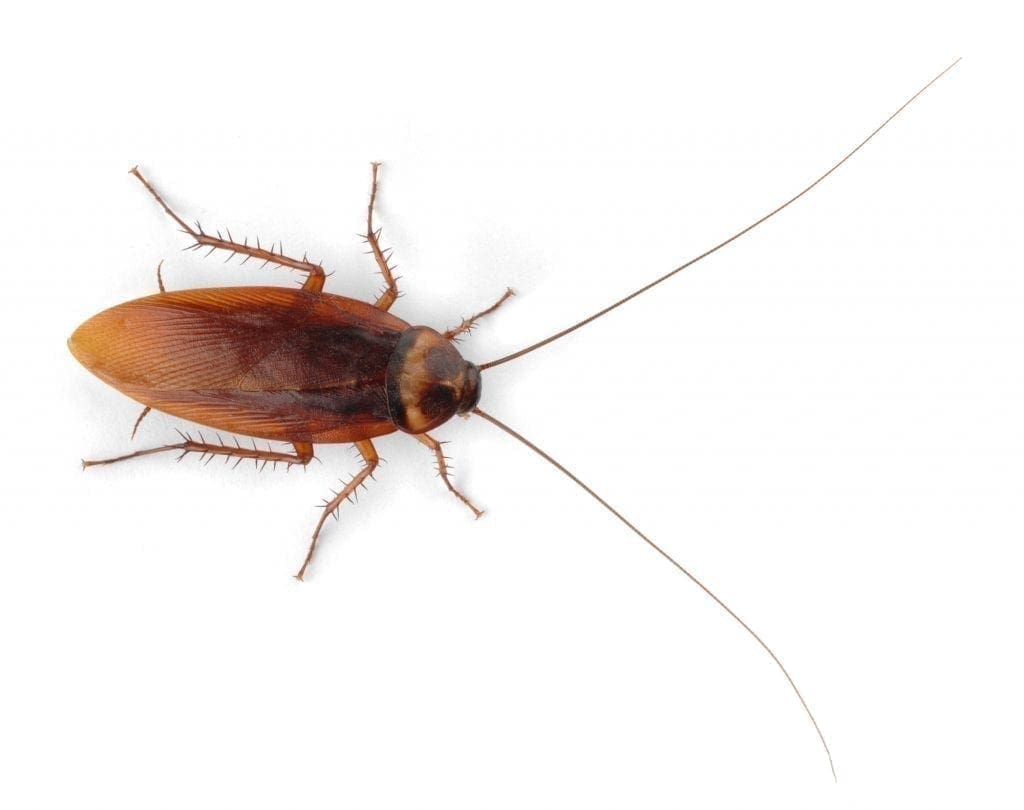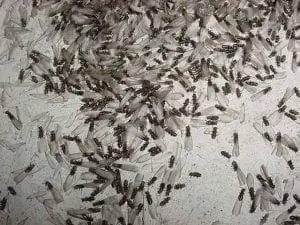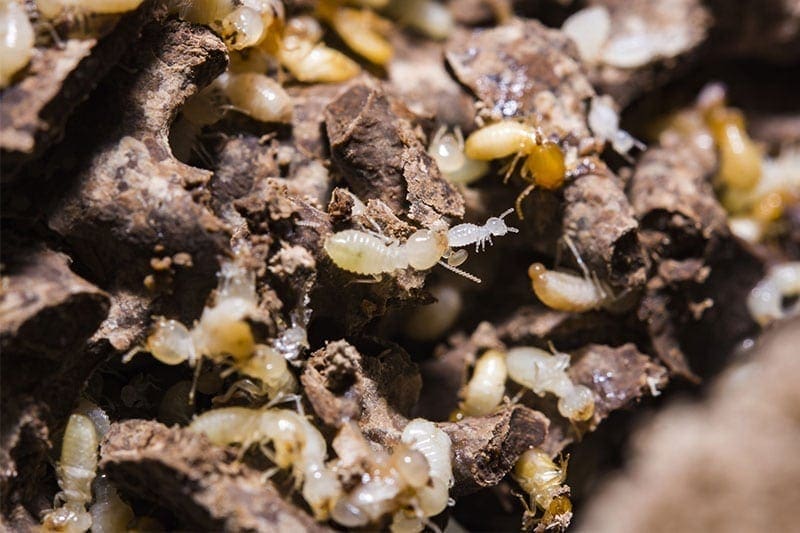Cockroaches: Fact or Fiction?
Because of their close association with humans, cockroaches have enjoyed a prominent place in human evolution, culture, science and mythology. Legends abound about the strength, prowess, and survivability of the cockroach. So what is true and what is not?
Fact or Fiction?
-
Cockroaches can run faster than humans.
Not really, they can run about 3 mph, which is about walking pace for humans. If speed were factored by size, the cockroach would certainly have the advantage, but then you’d also have to consider the fact that they have six legs while humans have only two. All that said, though, cockroaches can run faster than any other insect.
-
A cockroach can live without its head.
This is, in fact, a truth – at least for a week or so. The circulatory system of the cockroach is different than that of humans, so a clot is formed at the site of a wound (or completely severed head), so it would not bleed out as we would. Additionally, because it has multiple “brains” along the ventral nerve cord that process sensory input or control motor functions, and it can breathe through holes in its body segments, the cockroach can continue to live until it needs food or water. Without a mouth, it has no way to get this sustenance.
-
Cockroaches can swim.
Yes, the American cockroach can swim almost four inches in a second and “hold its breath” for 40 minutes. So, because this cockroach is known to inhabit sewers, it is, indeed, an unfortunate fact that they can come into a home from the sewer system, making their way through plumbing traps and swimming up into toilets.
-
A cockroach bite can hurt – a lot!
Yep, this one is true too. A study by Cambridge researchers found that the force of a bite by an American cockroach is five times greater than that of a human, and 50 times its body weight. Thankfully, though, while cockroaches have been known to bite humans, this is not a common occurrence.
-
Cockroach milk is the new super food, one of the most nutritious substances known.
True! Researchers in India who analyzed cockroach milk found it to be a complete food, rich in proteins, fats and sugars, and peptides that can impart significant health advantages. In fact, they found cockroach milk to be three times as nutritionally rich as buffalo milk, and four times as concentrated as cow’s milk.
-
If you have a cockroach problem, it most likely came in with potatoes, so getting rid of the potatoes will get rid of the cockroaches.
Uh, no. Although cockroaches certainly could be brought in with any food or item from an infested store or supplier, they are no more likely to be in with potatoes than anything else. Collins Pest Management President Dan Collins said he often hears customers blame a cockroach problem on a potato purchase. Perhaps it is because they’ve heard that cockroaches are attracted to starches or because potatoes are often shipped in net bags. “I don’t know why,” Collins said. “I’ve never really seen them with potatoes, but potatoes seem to have become the default ‘blame game.'”
-
And the ultimate factoid … True or False?
Cockroaches could survive a nuclear explosion. The answer – Maybe. Factoids about cockroaches and nukes are so common that Discovery Channel’s MythBusters took on the challenge to test its validity. Their finding: “Plausible.” Here’s why: Using German cockroaches as their subjects, the MythBusters exposed three groups of cockroaches to three different levels of radioactive metal cobalt 60 for a month: 1,000 (which would kill a human in 10 minutes), 10,000 (about the radioactivity of the Hiroshima bomb), and 100,000 rads. The results: After the 30 days: 50% of the group exposed to 1,000 rads and 10% of those in 10,000 rads were still alive, but all those exposed to 100,000 rads died. Thus the “plausible” verdict – cockroaches could survive an atomic bomb depending on its intensity. Additionally, since only the German cockroach was tested, which is one of the smallest species, there is plausibility that other species could survive at even greater levels.
A similar verdict was reached by Purdue University Professor of Urban Pest Management Gary Bennett: Will cockroaches be the last surviving creature on this earth? “Who knows – could be true, considering their adaptability.”
-
So, who started this cockroach survivability rumor anyway?
And why? According to the MythBusters episode summary from Discovery, shortly after the U.S. dropped atomic bombs on Hiroshima and Nagasaki in 1945, reports came out that cockroaches were among the Japanese cities’ only survivors. Then, the summary states, “during the Cold War, anti-nuclear activists and scientists spread the myth far and wide as a cautionary tale of the atom bomb’s destructive potential.”




